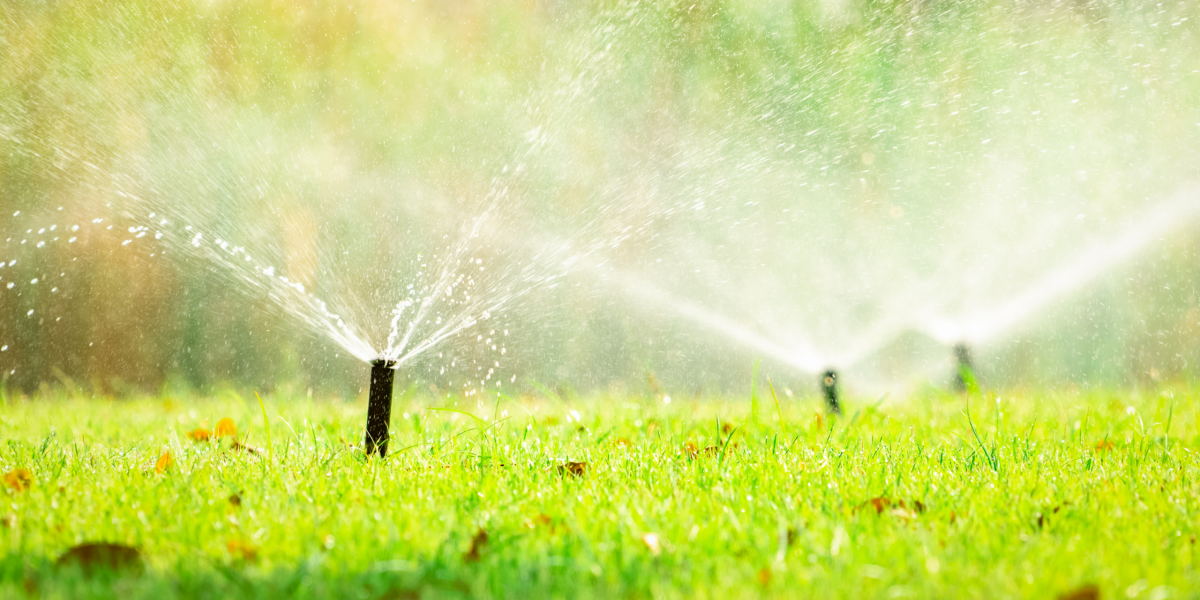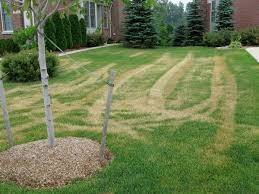Welcome to GreenGate’s guide on mastering lawn watering in Houston, Texas! With its hot and humid climate, watering your lawn effectively is crucial for maintaining lush, green grass year-round. Watering practices for lawns in Houston, Texas, can vary depending on the season and prevailing weather conditions. Here are some guidelines for each season:
Spring Lawn Watering:
- Gradual Increase in Watering: As temperatures begin to rise in spring, gradually increase the frequency and duration of watering sessions to ensure that the soil stays consistently moist but not waterlogged. With the arrival of spring, your lawn emerges from its winter dormancy and begins actively growing again. This new growth requires adequate moisture to support healthy development and to replenish the moisture lost through transpiration.
- Morning Watering: Water early in the morning to reduce water loss due to evaporation and to allow the grass blades to dry before evening, which helps prevent fungal diseases.
- Adjust for Rainfall: Monitor rainfall amounts and adjust your watering schedule accordingly. If there’s sufficient rainfall, you may need to reduce or skip watering sessions. Installing a rain sensor on your irrigation system can automate this adjustment, aligning your watering schedule with the prevailing weather conditions.
Summer Lawn Watering:
- Deep and Infrequent Watering: In Houston’s hot and humid summers, it’s essential to water deeply and infrequently to encourage deep root growth and drought resistance. Aim for watering sessions that penetrate 6-8 inches into the soil.
- Early Morning Watering: Watering in the early morning before temperatures rise helps minimize water loss to evaporation and reduces the risk of fungal diseases.
Mower Tire Tracks Due to Heat - Avoid Watering During Midday: Avoid watering during the hottest part of the day to prevent water loss and scorching of grass blades. When you water your lawn during this time, much of the water may be lost to evaporation before it has a chance to penetrate the soil and reach the roots of your grass. Additionally, water droplets left on grass blades during midday watering can act as magnifying lenses, focusing sunlight and causing scorching or burning of the grass.
- Monitor Signs of Stress: Keep a vigilant eye on your lawn for signs of heat stress, such as wilting or browning of grass. Adjust your watering schedule accordingly to ensure your lawn remains adequately hydrated. Additionally, be mindful of tire tracks appearing in your lawn, which can signal insufficient watering, especially when coupled with regular mowing.
Fall Lawn Watering:
- Gradual Reduction in Watering: As temperatures begin to cool in fall, gradually reduce the frequency and duration of watering sessions to align with the slowing growth of grass.
-
Brown Patch Fungus Morning Watering: Continue to water in the morning to take advantage of cooler temperatures and reduce the risk of fungal diseases such as Brown Patch Fungus, Grey Leaf Spot Fungus, and Dollar Spot Fungus.
- Prepare for Winter: In late fall, ensure that your lawn receives adequate moisture to prepare for the dormancy period during winter. However, be cautious not to overwater, as excess moisture can lead to fungal issues in cooler weather. With our Lawn Bundles, we prepare the grass for winter dormancy AND treat for fungal diseases throughout the lawn.
Winter Lawn Watering:
- Reduce Watering: During the dormant period in winter, significantly reduce or stop watering altogether, as grass growth slows down and the risk of fungal diseases decreases.
- Water During Dry Spells: If Houston experiences extended periods of dry and/or warm weather during winter, provide occasional watering to prevent grass roots from drying out completely.
- Protect from Frost: Avoid watering late in the day when temperatures drop, as wet grass is more susceptible to frost damage.
Throughout the year, it’s essential to monitor soil moisture levels, adjust watering schedules based on weather conditions, and prioritize deep root growth to maintain a healthy and resilient lawn in Houston, Texas.










